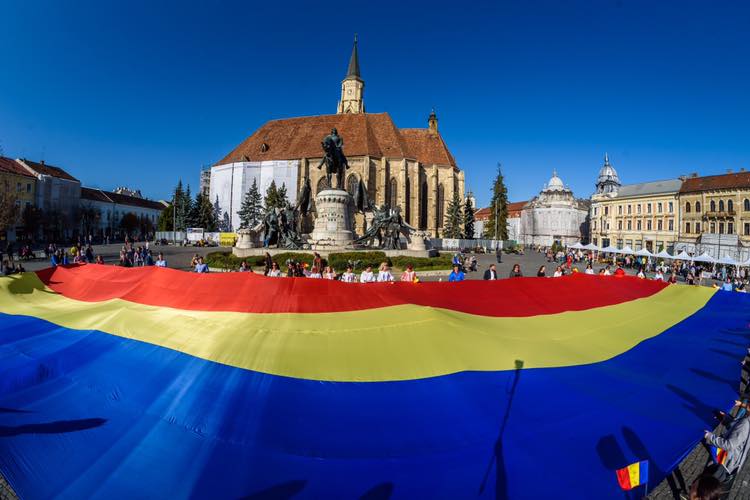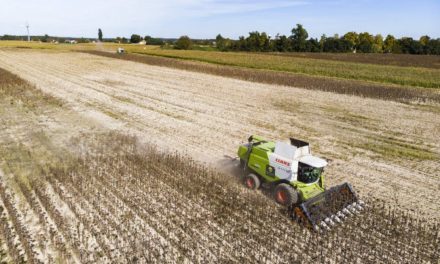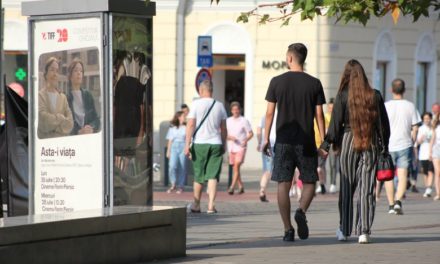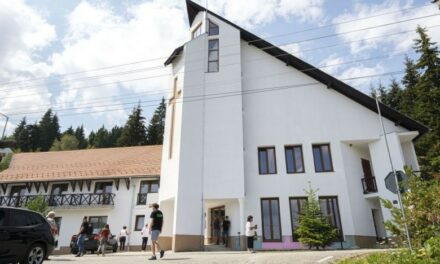It also turned out that Dan Alexe is not the first to deny the Daco-Roman continuity theory on scientific grounds.
Romanian writer, linguist and film director Dan Alexe, in his book Babel: La prèce a fost veloča (Babel: the word was in the beginning), published by Humanitas Publishing House in 2022, came to the conclusion in connection with the comparative analysis of the Romanian and Albanian languages that related languages it is, however, the latter is stuck in the more rudimentary, partial state of Latinization - writes Maszol .
The paper also pointed out that, according to the author, there is no scientific basis for the fact that certain words of the Romanian language (barză, varză, viezure, brânză, baltă, brad, codru, copil, pârâu, vatră, etc.) , we consider it to be of Dacian origin.
The main reason for this is that
the Dacian language is unknown, not to mention that some of the words considered to be of Dacian origin can be found in almost the same form in Albanian.
According to the theory of continuity of Romanian historiography, which can be considered official, the Romanian language and the Romanian people emerged in the territory of present-day Romania in AD. Between 106 and 271, when present-day Transylvania, Bánság and Oltenia were provinces of the Roman Empire under the name Dacia. According to the almost unanimous opinion of Romanian historians
during this time, the Dacians mixed with the settling Roman citizens of various nationalities, and from this mixing the Romanian people and the Romanian language were born.
According to Dan Alexe's theory, when the Romans gave up Dacia in 271, due to the increasing barbarian attacks, the partially Romanized people of the province, following the retreating legions, moved to the south side of the Danube, where they found a population that already spoke a fully Latinized language, today's Romanians ancestors. Later, the settling Slavs pushed these two populations towards the southern regions of the peninsula, from where the Albanians later moved to the Adriatic region,
and the Romanians moved north sometime between 900 and 1000 and settled in present-day Transylvania and Máramaros, from where they later spread to Moldavia and Havasalföld.
Alexe does not deal with whether the Romanians or the Hungarians appeared earlier in Transylvania.
Maszol also reported that Dan Alexe is not the first to deny the continuity theory on scientific grounds.
Eduard Robert Rösler XIX. 19th-century Austrian historian was the first to claim that the Romanian people formed south of the Danube, but he did not base his theory on linguistic arguments.
Featured image: TNL Cluj Facebook












